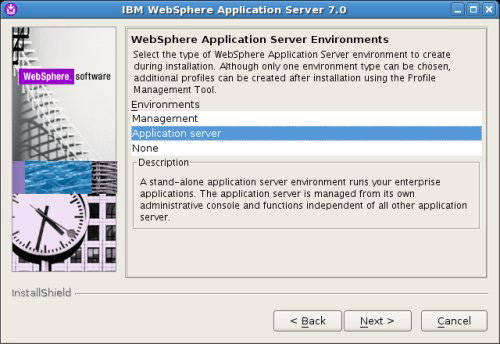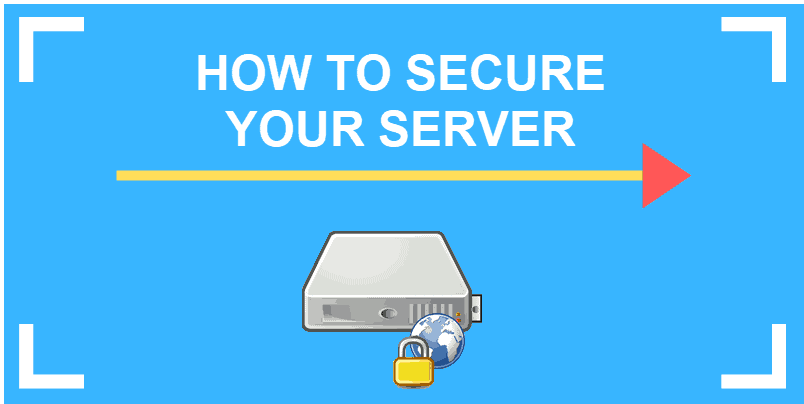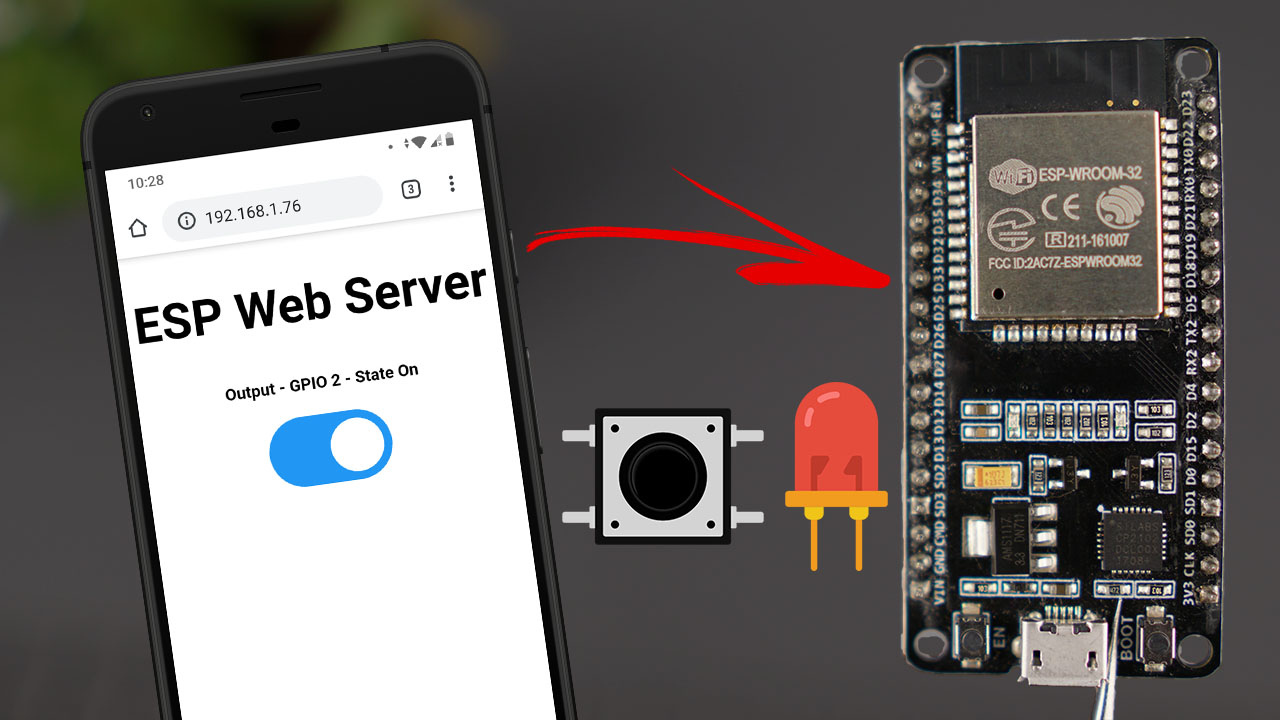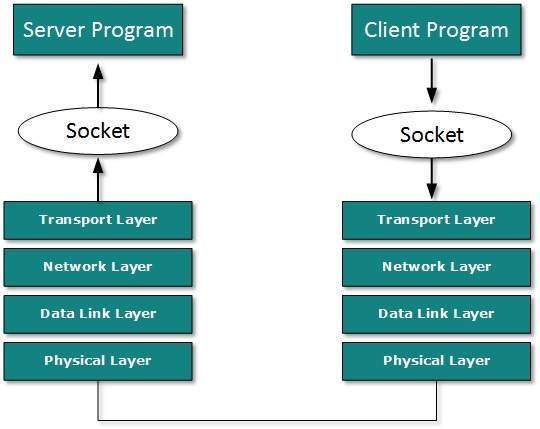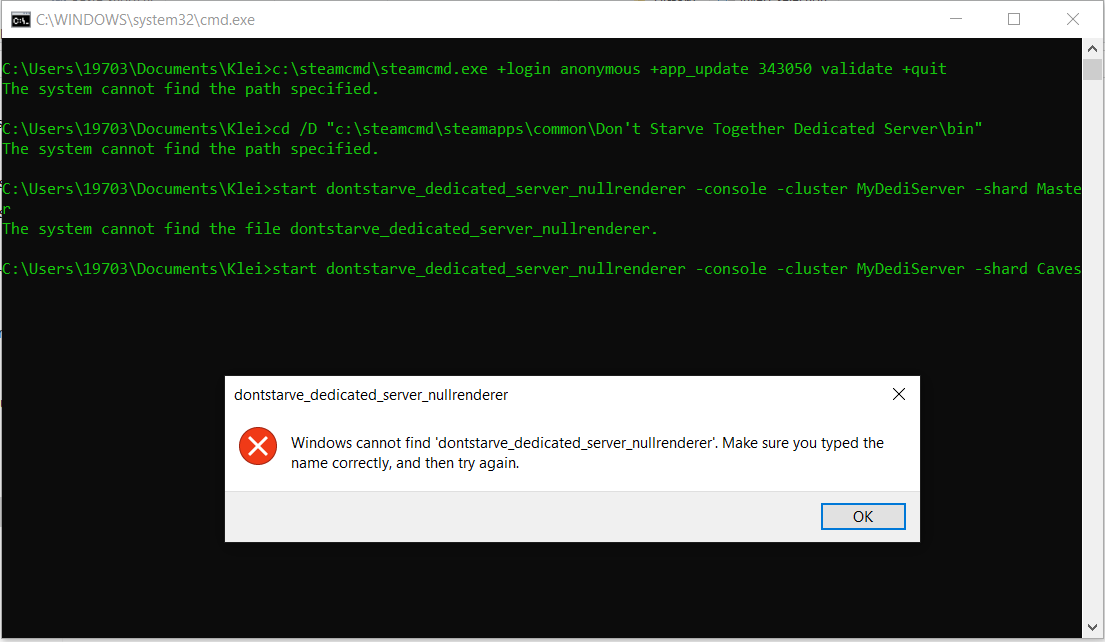How to Set Up a WAS Server Tutorial
If you want to learn how to set up a WAS server, this tutorial will help you do just that. We will also cover how to configure KnockKnock servers and how to create a cluster in WAS 8.5. If you’d like to use WebSphere MQ, you can also read our tutorial on WebSphere MQ and WAS. We hope you’ll find this information useful! And remember to share your experience in the comments!
Configuring a WAS server
IBM Websphere application server has three default virtual hosts. The default, proxy, and admin virtual hosts can be configured for the WAS environment. Admin and proxy virtual hosts can be configured by adding a URL to the server’s configuration file. When using the WAS console to configure the server, there are several things to consider. To minimize the risk of error when configuring WAS, you should enable two-way SSL authentication on inbound traffic.
Configuring a KnockKnock server
If you have ever wondered how to configure KnockKnock on a Linux server, this article can answer your questions. KnockKnock is a server application that sends packets to the first and second knocking ports. Then, you can connect to it with your SSH key. To configure knockknock on your server, you must follow these steps. Listed below are some important points to consider.
Creating a cluster in WAS 8.5
You can create a cluster in WAS 8.5 by using the Manage Clusters screen. On this page, you can add, delete, and configure cluster resources. You can create a cluster from scratch or clone existing clusters. You can also delete cluster members. The cluster administrator should make sure that the cluster is active before deleting it. The cluster cannot be deleted if any members are currently active.
Using WebSphere MQ
The main functionality of the IBM WebSphere MQ server is to send and receive messages. Messages are exchanged between applications by means of queues. An application can put a message on a queue on one computer and retrieve it from another computer on the same network. Queue managers are applications that manage these queues. Messages are stored in queues and subscribers can retrieve messages about a common topic.
Using JNDI
This tutorial shows how to use the JNDI framework to manage your server and the objects you manage. It covers the basics of using the JNDI tree to locate objects, as well as how to bind these objects to your application. You’ll also learn about security. This tutorial also covers how to use security policies and authorization policies. It is best to follow the tutorial from beginning to end, since you’ll probably want to change a few things.

